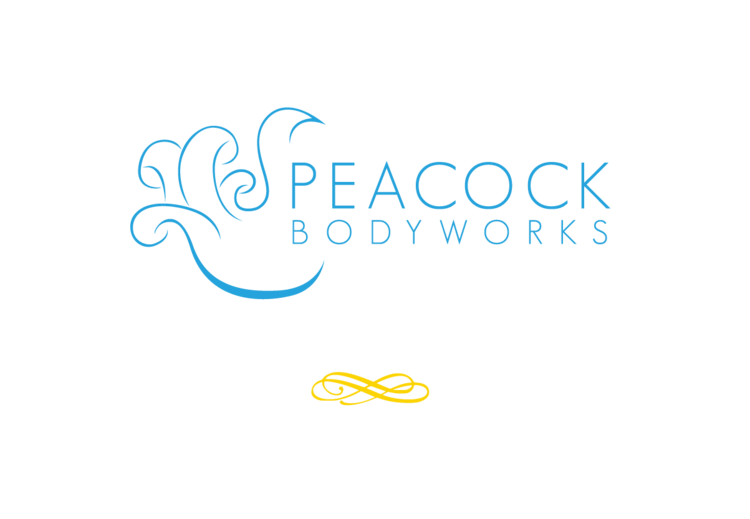I recently went to one of Austin’s top spas to use a birthday gift certificate for a relaxing facial. While I was waiting, I decided to check out what kinds of massage they offered. I was interested to see that several of the massage services offered at this spa were described as having the ability to flush lactic acid from muscles. I hear people talk about lactic acid all the time and, just like this spa, they almost always get it wrong. So today let’s take a quick look at what lactic acid is and what effect massage has on it.
The normal process that the body uses to metabolize glucose into usable energy requires oxygen. During periods of extreme exertion, even heavy breathing is not able to supply enough oxygen to maintain the required level of energy. At this point, the body must switch to an anaerobic (without oxygen) method of energy production. Lactate (commonly known as lactic acid) is then temporarily produced to help break down glucose and provide the muscles with energy. As soon as the exertion slows and more oxygen is available, the production of lactate stops.
Lactate makes muscle tissue more acidic and is responsible for the burning feeling that accompanies strenuous exercise. It is not, however, responsible for the muscle soreness that follows a day or two after exercise. That soreness (delayed onset muscle soreness or DOMS) is not completely understood, but it is is most likely caused by minor damage to muscle tissue and the resultant inflammation response as the body repairs that damage. Studies have shown that there is no significant correlation between the amount of lactate in a muscle just after exercise and the amount of soreness that may be felt later.
There is a common myth that massage flushes toxins, including lactic acid, from the body. I will leave a discussion of the pseudo-scientific use of the word “toxin” for another day, but suffice it to say that, while massage does have an effect on the flow of blood and lymph, it does not remove anything from the body. The human body is exceptionally well suited to processing all naturally occurring products of its own metabolism, including lactate. In fact, one obvious reason why it is practically impossible for massage to have any impact on lactate levels is that the body naturally removes this substance from the muscles within an hour after exercise!
Massage has many benefits including reduced stress and anxiety, improved sleep, lower blood pressure, improved mobility and range of motion, reduced pain, improved posture, etc. Several studies have shown that sports massage can reduce the severity of DOMS and is beneficial in athletic recovery for many reasons. But massage does not have the magical ability to remove “toxins” from the body. Anyone who tells you something different needs to check their science!

